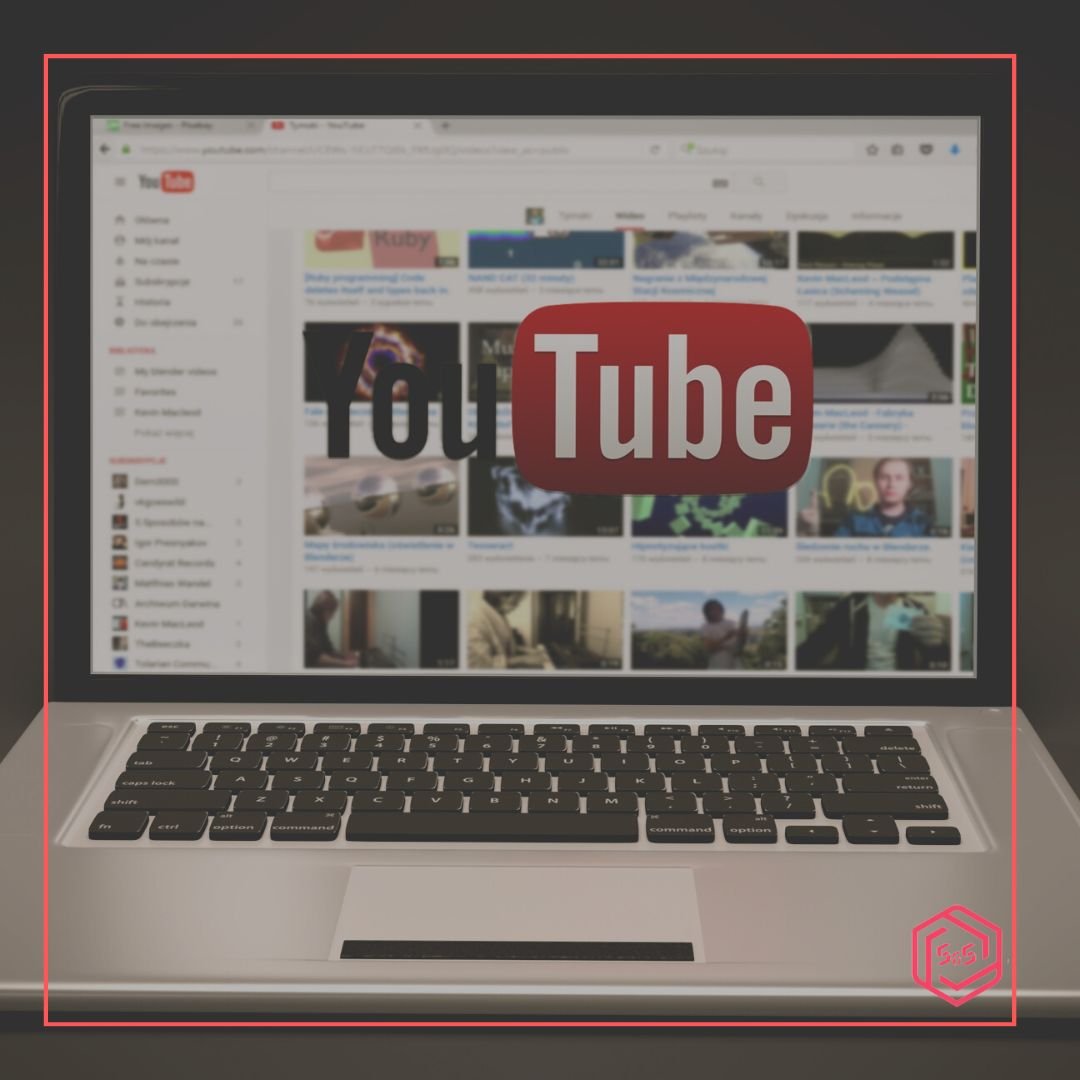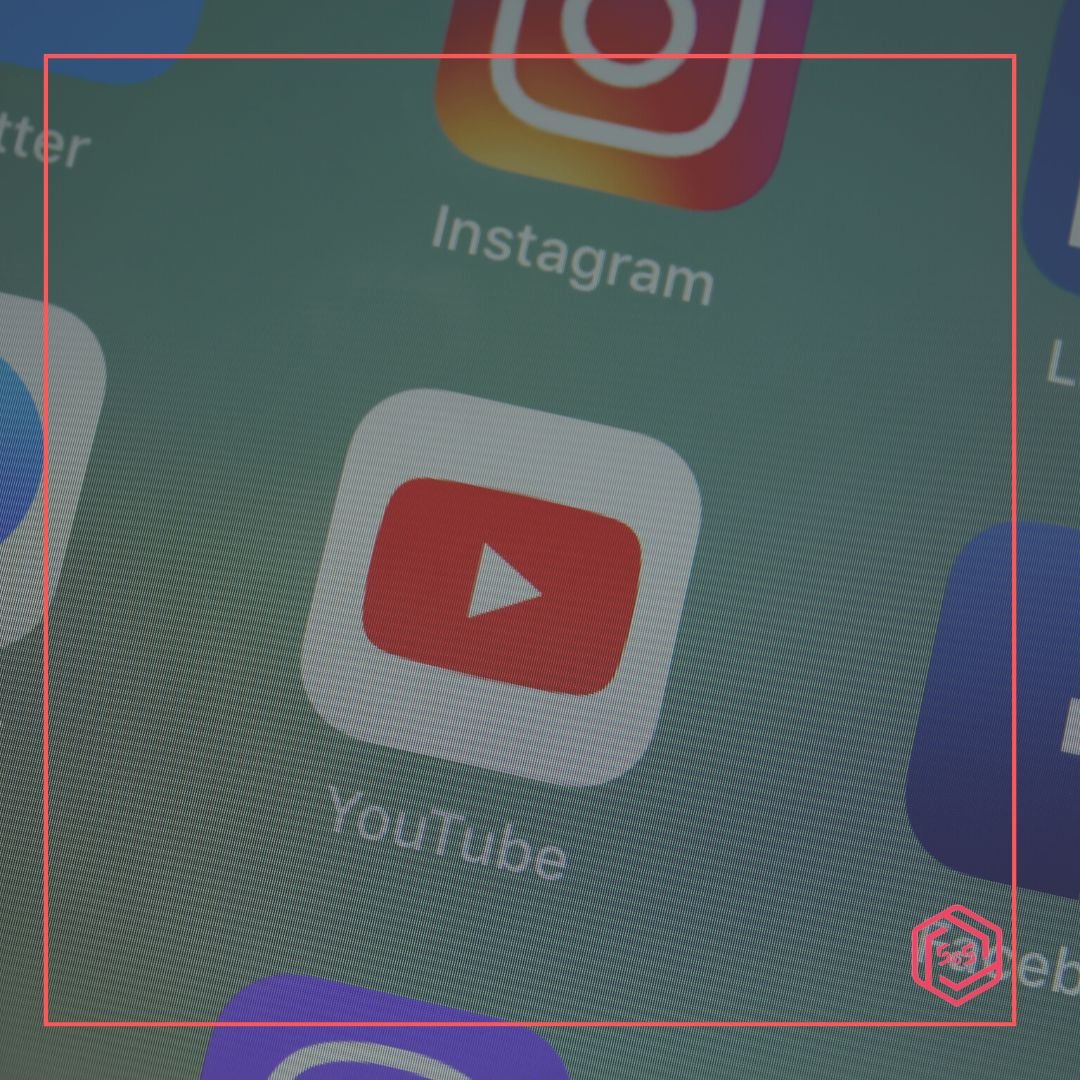
YouTube SEO:
YouTube SEO (Search Engine Optimization) is the process of optimizing your YouTube videos and channel to rank higher in YouTube's search results. The goal of this social media optimization is to increase visibility, reach, and engagement of your video content on the platform.
The process of YouTube Optimization involves keyword research, optimization of titles, descriptions, and tags, the creation of high-quality thumbnails and closed captions, increasing engagement metrics, such as likes, comments, and shares, organizing videos into playlists, and using end screens to promote related content.
By optimizing your videos for YouTube optimization, you can increase your chances of being discovered by potential viewers and attract more organic traffic to your channel. YouTube optimization is essential for content creators who want to grow their audience and reach a wider audience on the platform.
How to Optimize Videos for YouTube Search.

Keyword research: Conduct keyword research to find relevant and high-traffic keywords for your video content. Use tools like Google Keyword Planner, YouTube Keyword Tool, or Ahrefs to find suitable keywords.
Title: Create a title that accurately reflects your video's content and includes your main keyword. Keep your title concise, descriptive, and attention-grabbing.
Description: Write a detailed description of your video that includes your main keyword and related keywords. Use the description to provide additional context, links to related content, and call-to-action (CTA).
Tags: Use relevant tags that describe your video's content and keywords. Include variations and synonyms of your primary keywords to increase visibility.
Thumbnail: Create a high-quality thumbnail image that reflects your video's content and is visually appealing. Use contrasting colors, clear images, and bold text to catch viewers' attention.
Closed captions: Add closed captions to your video to improve accessibility and searchability. Use accurate and detailed captions that include your keywords and relevant phrases.
Engagement metrics: Encourage viewers to like, comment, and share your videos to improve engagement metrics. Engagement signals are a significant ranking factor for YouTube search.
Playlists: Organize your videos into playlists to improve visibility and increase watch time. Use keyword-rich titles and descriptions for your playlists.
End screens: Add an end screen to your videos that includes links to related content, playlists, or CTAs. End screens can help to improve engagement metrics and drive traffic to your channel.
SEO Tools for YouTube.

VidIQ: VidIQ is a popular YouTube optimization tool that provides insights into keyword research, channel analytics, competitor analysis, and video optimization. It helps you to optimize your videos for SEO and improve your reach, engagement, and revenue.
TubeBuddy: TubeBuddy is an all-in-one YouTube optimization and channel management tool that offers features such as keyword research, video optimization, competitor analysis, tag suggestions, bulk processing, and A/B testing. It is a powerful tool for growing your YouTube channel.
Ahrefs: Ahrefs is an SEO tool that offers a YouTube keyword explorer to find relevant and high-traffic keywords for your video content. It provides insights into search volume, keyword difficulty, and related keywords. You can also use Ahrefs to track your video's rankings and backlinks.
Google Trends: Google Trends is a free tool that helps you to explore the popularity of specific search queries over time. You can use Google Trends to find trending topics and keywords for your YouTube content.
Keyword Tool: Keyword Tool is a free tool that helps you to find relevant and high-traffic keywords for your YouTube videos. It provides keyword suggestions based on Google, YouTube, Bing, and other search engines.
Does SEO help with YouTube?
Yes, SEO can help with YouTube. YouTube is the second-largest search engine in the world, after Google, and optimizing your videos for SEO can improve your visibility, reach, and engagement on the platform.
Optimizing your YouTube videos for SEO involves keyword research, optimization of titles, descriptions, and tags, the creation of high-quality thumbnails and closed captions, increasing engagement metrics such as likes, comments, and shares, organizing videos into playlists, and using end screens to promote related content.
By optimizing your YouTube videos for SEO, you can increase your chances of being discovered by potential viewers and attract more organic traffic to your channel. SEO can also help you to rank higher in YouTube's search results, suggested videos, and recommended videos, and drive more views, subscribers, and revenue to your channel.
In summary, optimization can help with YouTube by improving your visibility, reach, and engagement on the platform and helping you to grow your audience and revenue over time.

How Important is Optimization for YouTube?

Optimization is crucial for YouTube, as it helps increase visibility and discoverability of videos on the platform. It's an essential tool for content creators who want to reach a broader audience and grow their channel.
YouTube's search algorithm works by analyzing various factors such as video title, description, tags, and engagement metrics like views, likes, comments, and shares. By optimizing these elements, creators can improve their video's ranking in search results, recommended videos, and suggested videos.
The higher a video ranks, the more likely it is to be seen by potential viewers, which can lead to increased views, watch time, and subscribers. Effective optimization can also help creators identify and target relevant keywords and topics that their audience is searching for, which can lead to more targeted traffic and higher engagement rates.
In summary, optimization is critical for YouTube, as it helps creators improve the visibility and discoverability of their videos, leading to increased viewership and engagement.
The 5 best ways to rank YouTube videos fast.

Ranking a YouTube video fast is a challenging task, but the following tips can help improve your video's visibility and increase its chances of ranking higher:
Optimize your video for SEO: Use relevant keywords in your video title, description, and tags. Use tools like Google Keyword Planner or TubeBuddy to identify the best keywords to target.
Encourage engagement: The more engagement your video receives, the better it will rank. Encourage viewers to like, comment, and share your video. Also, consider asking them to subscribe to your channel.
Use custom thumbnails: Custom thumbnails can increase click-through rates and engagement. Use high-quality, visually appealing images that accurately represent your video's content.
Promote your video: Promote your video on your social media accounts, blog, and email list. Share it with friends and colleagues and encourage them to share it with their networks.
Increase watch time: YouTube's algorithm favors videos that keep viewers engaged for longer periods. Encourage viewers to watch your video all the way through by creating engaging content and using hooks in the intro to keep them interested. You can also create longer videos that keep viewers watching for longer periods.
By using these strategies, you can improve your video's visibility, engagement, and watch time, which can help increase its ranking on YouTube. However, keep in mind that it may take some time to see results, and success on YouTube requires consistent effort and experimentation.
Content Strategy for YouTube.

Developing a content strategy for YouTube involves creating a plan for producing and publishing videos that will resonate with your target audience and help you achieve your goals. Here are some steps to follow to create a content strategy for YouTube:
Define your audience: Understand who your target audience is, what they like, and what kind of videos they are interested in watching.
Set your goals: Determine what you want to achieve with your YouTube channel. Is it to increase brand awareness, generate leads, drive traffic to your website, or something else?
Choose your topics: Based on your audience and goals, brainstorm ideas for videos that will be valuable and relevant to your target audience. Consider creating a content calendar to help plan and organize your videos.
Create high-quality videos: Invest in quality equipment and software to produce high-quality videos that look and sound professional. Consider collaborating with other creators or hiring a video production company if necessary.
Optimize your videos for SEO: Use relevant keywords in your video title, description, and tags to help your videos rank higher in search results.
Promote your videos: Share your videos on social media, blog posts, and email newsletters to increase visibility and drive traffic to your channel.
Engage with your audience: Respond to comments and questions from your viewers, and create a community around your channel by encouraging discussions and feedback.
Analyze and adjust: Use YouTube Analytics to monitor your performance and adjust your strategy accordingly. Pay attention to metrics like views, engagement, watch time, and subscriber growth.
What Kind of Videos Go Viral on YouTube?

There's no guaranteed formula for making a video go viral on this social media, but here are some common characteristics of videos that tend to become viral:
Unique and compelling content: Videos that offer something new or unexpected, whether it's a unique perspective or a new trend, can capture people's attention and generate buzz.
Emotional appeal: Videos that evoke strong emotions like humor, surprise, inspiration, or nostalgia, can be highly shareable and viral.
Relatable and shareable: Videos that tell a relatable story or share relatable experiences can be highly shareable, especially if they tap into a shared cultural moment or trend.
Celebrity or influencer involvement: Videos that feature popular celebrities or influencers can leverage their audiences and increase the chances of going viral.
Timeliness and relevance: Videos that are timely, relevant, or connected to current events or trends, can capture people's attention and generate buzz.
High-quality production value: Videos that look and sound professional can increase their chances of going viral, as they are more likely to be shared and recommended by the platform.
It's important to note that even with all of these characteristics, there is no guaranteed formula for making a video go viral on this social media. The platform is highly competitive, and the algorithm is constantly changing, so creating quality content consistently and experimenting with different types of videos is key to building a successful channel.
What could be a price for YouTube SEO?
Optimizing a client's YouTube channel and video content to improve visibility and rankings on YouTube.
Price Range: $500 - $3,000 per video
Basic optimization (tags, titles, descriptions): $500 - $1,000
Comprehensive service (includes thumbnail creation, competitive analysis, strategy): $1,000 - $3,000
